Aquí les va la explicación de un tema diseminado en 1971 y cuya melodía, estamos seguros, la tararean con el mismo placer tipos como Bruce Springsteen, Silvio Rodríguez y Ulises Lima.
La canción es American Pie, escrita por Don McLean, con un cover muy famoso y un buen videoclip interpretado por Madonna allá por los años que ya no recordamos.
American Pie
A long, long time ago… I can still remember
How that music used to make me smile
And I knew if I had my chance
That I could make those people dance
And maybe they’d be happy for a while
El tema fue publicado en 1971, y bueno, hace referencia al año 1959. Eran los inicios del rock n’ roll y todos los adolescentes soñaban tocar en una banda. Hoy tenemos PlayStation, Youtube, y Tik Tok manteniendo ocupados y productivos a nuestras futuras generaciones.
But February made me shiver
With every paper I’d deliver
Bad news on the doorstep
I couldn’t take one more step
El 3 de Febrero de 1959 (tenía que ser el TRES, obviamente), TRES de los músicos más populares del momento murieron en un accidente de avión. Buddy Holly, Ritchie Valens (La Bamba), y JP Richardson (The Big Bopper).
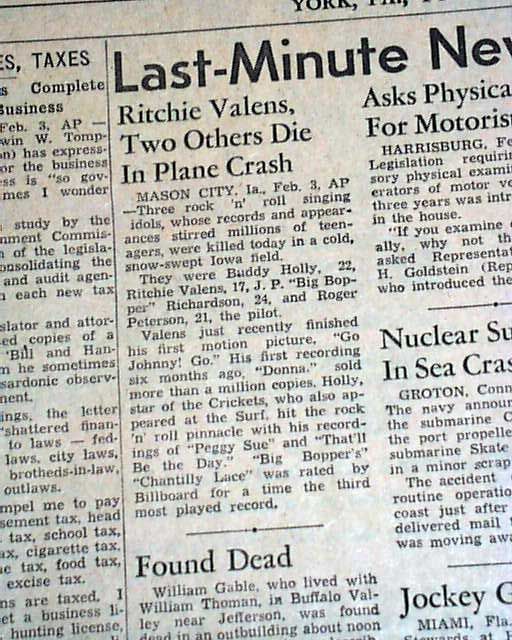
I can’t remember if I cried
When I read about his widowed bride
But something touched me deep inside
The day the music died
Buddy Holly tenía pocos meses de casado al momento del accidente. Su esposa estaba embarazada pero perdió al bebe poco tiempo después de la tragedia. El 3 de Febrero de 1959 se conoce como The Day the Music Died.
So bye-bye Miss American Pie
Drove my chevy to the levee
But the levee was dry
And them good ole boys were drinkin’ whiskey and rye
Singing “This’ll be the day that I die
This’ll be the day that I die”
Uno de los hits de Buddy Holly: “That’ll be the day”, uno de los versos de la canción dice “that’ll be the day that I die”. Algo así como los Enanitos Verdes cantando “te acordás del Flaco Spinetta, cuando cantaba…”. Y naturalmente tiene que ser un Chevy, producido por General Motors…
Did you write the book of love
And do you have faith in God above
If the Bible tells you so
The Book of Love, hit de The Monotones, 1958. Otro tema de los años 50: If the Bible Tells Me So. O también una canción de lavado cerebral escolar: “Jesus loves me this I know, for the Bible tells me so”.
Now do you believe in Rock n’ Roll
Can music save your mortal soul?
And can you teach me how to dance real slow?
Hit de 1965: Do You Believe in Magic, versos: “do you believe in magic… it’s like trying to tell a stranger ‘bout rock n’ roll”.
Bailar lento era popular durante los eventos rockeros antes de que llegaran tipos como Syd Barrett con láminas de LSD y llevaran el rock a otra dimensión.
Well I know that you’re in love with him
‘cause I saw you dancing in the gym
You both kicked off your shoes
Man, I dig those rhythm and blues!
Bailando en el “gym”, es decir sobre la cancha de basket. Hay que quitarse los zapatos para no malograr el parket. El rhythm and blues expande sus límites a mitad de los ’50. Emerge de la comunidad negra, se vuelve popular entre los blancos.
I was a lonely teenage broncin’ buck
With a pink carnation and a pickup truck
But I knew I was out of luck
The day the music died
Broncin’ buck, caballo salvaje, imagínenlo en un rodeo, en Texas. La camioneta pick-up encaja perfectamente. Si aún tienes el pink carnation, entonces estás solano joyas porque supuestamente la flor es para tu chica. También hubo un hit en 1957 titulado A White Sport Coat (and a Pink Carnation).
I started singing
Bye-bye Miss American Pie…
Now for ten years we’ve been on our own
And moss grows fat on a rolling stone
But that’s not how it used to be
Diez años han pasado, finales de los ’60 entonces… las siguientes líneas qué caraxo significarán. Se referira a que el flojonazo de Dylan no hizo tours desde 1966 hasta 1974 (de ahí grows fat?)… o simplemente a los cambios en el rock en la década de los 60s cuando las bandas empiezan a ganar mucho más villegas (billete... grows fat).
When the jester sang for the King and Queen
In a coat he borrowed from James Dean
And a voice that came from you and me
El jester (bufón) es Bob Dylan (Bob Dylan es básicamente una copia agringada y barata de Andrés Calamaro, no? 😁), quien cantó en un evento en Washington DC cuyo principal invitado fue Martin Luther King Jr. Los Kennedys (rey y reina de Camelot) estaban presentes.
En la peli Rebelde Sin Causa, James Dean usa una casaca roja (que simboliza el momento de entrar en acción). En la portada de The Freewheelin’ Bob Dylan, el famoso jester aparece usando la casaca roja de James Dean.
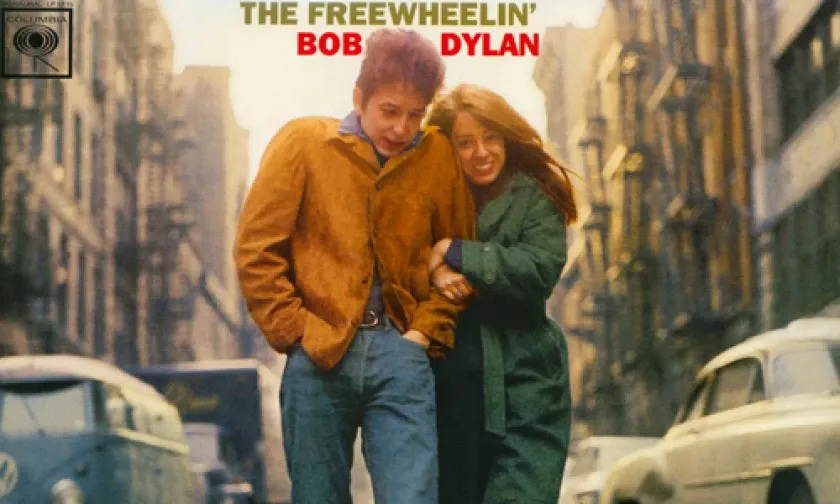
La voz de las masas, tú voz y la mía. Lo que tanto queríamos expresar, Dylan lo cantaba con precisión y poesía. A voice that came from you and me.
Nota el margen: By the way, perdonen nuestro comentario cachasiento acerca de Bob Dylan y Calamaro. Para cojudeces.com, Dylan es el mejor cantautor que Estados Unidos ha dado a luz por siempre.
Oh, and while the king was looking down
The jester stole his thorny crown
The courtroom was adjourned
No verdict was returned
Good-bye Elvis, hello Dylan… y no hubo veredicto en lo del asesinato de JFK, ya que el “asesino” estaba ya muerto. Lee Harvey Oswald.
And while Lennon read a book of Marx
The quartet practiced in the park
And we sang dirges in the dark
The day the music died
Introducción de temas políticos en canciones de “el cuarteto”, The Beatles (e.g., Revolution). Dirges in the dark, funeral de JFK?
We were singing
Bye-bye Miss American Pie…
Helter Skelter in a summer swelter
The birds flew off with a fallout shelter
Eight miles high and falling fast
It landed foul on the grass
The players tried for a forward pass
With the jester on the sidelines in a cast
Los famosos asesinatos organizados por Charles Manson ocurrieron en el verano de 1969. El HDP luego dijo que la canción Helter Skelter de The Beatles lo inspiró. The Byrds ascendían a la fama, canción: Eight Miles High. Letra de Helter Skelter: “I’m coming down fast but I’m miles above you”.
Jester on the sidelines: Bob Dylan se accidentó en su motocicleta el 29 de julio de 1966 y pasó nueve meses alejado del mundo.
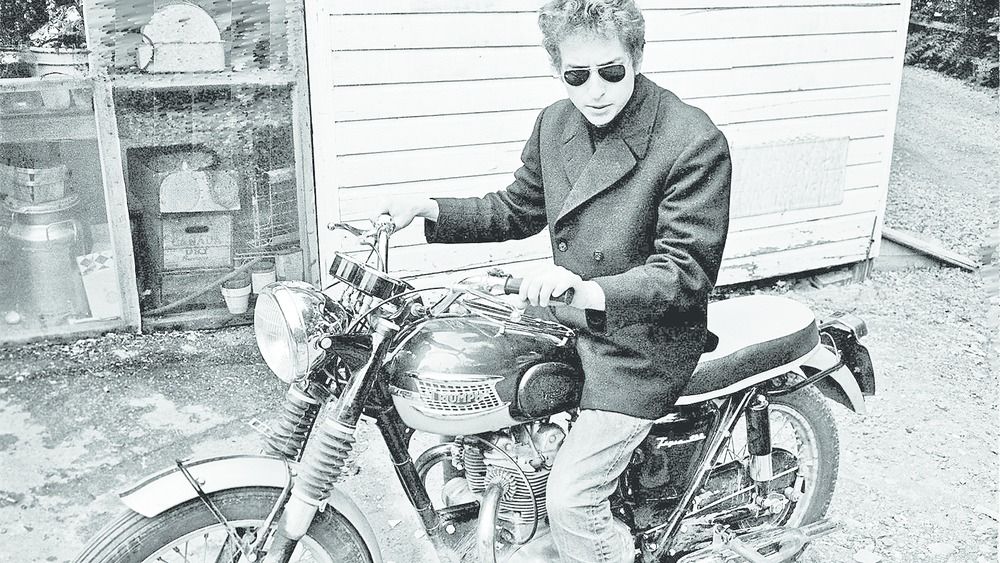
Now the half-time air was sweet perfume
While the sergeants played a marching tune
We all got up to dance
Oh, but we never got the chance!
‘Cause the players tried to take the field
The marching band refused to yield
Do you recall what was revealed
The day the music died?
Definitivamente Sgt. Pepper’s Lonely Hearts Club Band. The marching band refused to yield: A pesar de la avalancha de nuevas bandas de rock, The Beatles siguieron siendo The Beatles y dominaron indiscutiblemente los años 60.
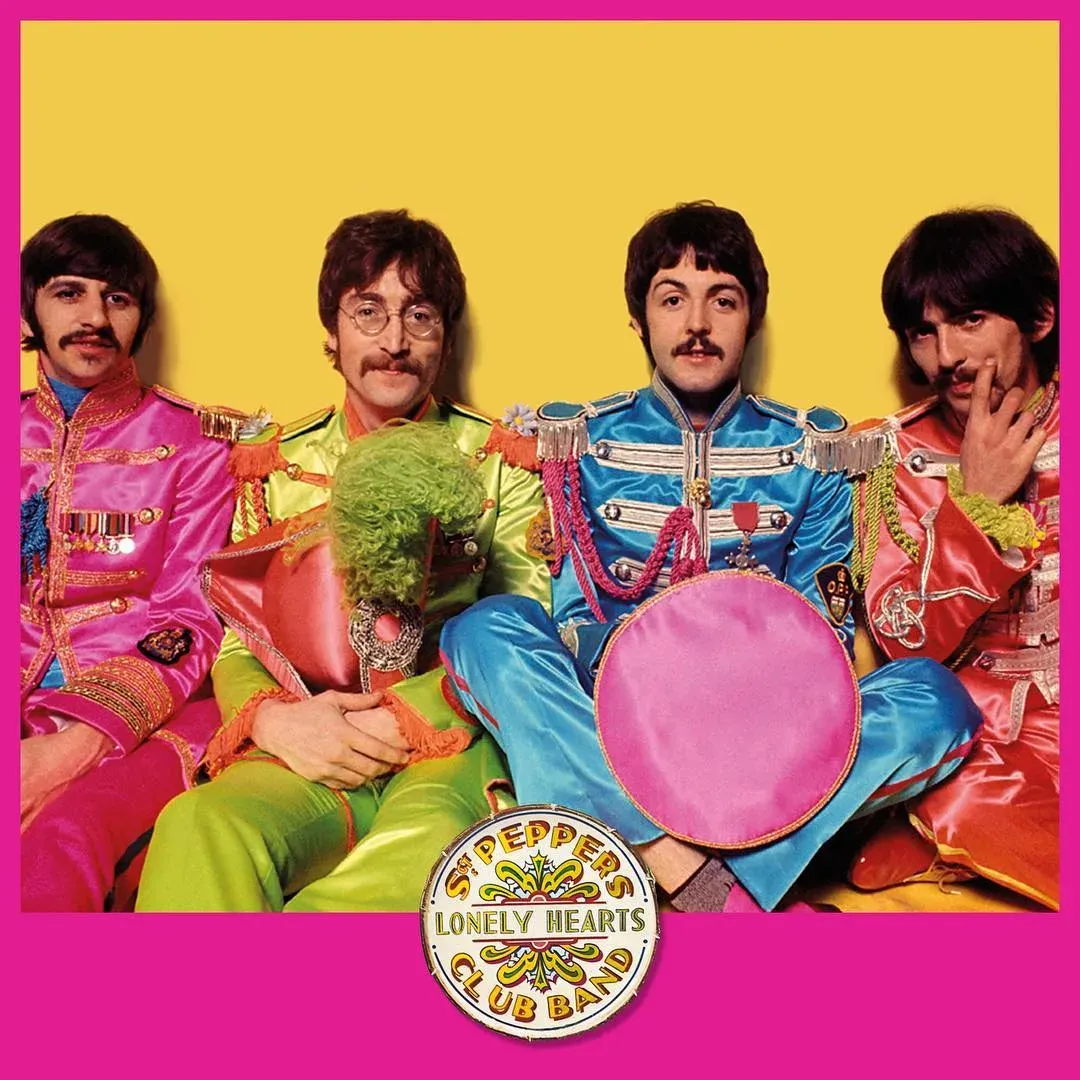
We started singing
Bye-bye Miss American Pie…
And there we were all in one place
A generation lost in space
With no time left to start again
Todos en un mismo lugar: Woodstock. La generación perdida: hippies.
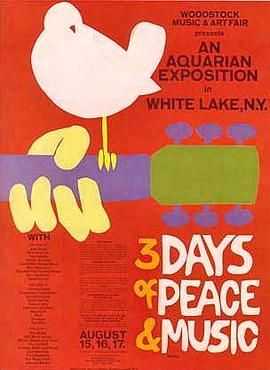
So come on, Jack be nimble, Jack be quick
Jack flash sat on a candlestick
Cause fire is the devil’s only friend
Jack Be Nimble es una famosa canción de cuna, y también Jack está en un tema de los Rolling Stones: Jumpin’ Jack Flash. También hay alusión a la heroína (dicen que el término en jerga es Jack Flash y, bueno, se necesita una vela para diluirla).
Oh and as I watched him on the stage
My hands were clenched in fists of rage
No angel born in hell
Could break that satan’s spell
And as the flames climbed high into the night
To light the sacrificial rite
I saw satan laughing with delight
The day the music died
En 1968, Altamont Speedway, los Rolling contrataron a miembros de Hell’s Angels para que se encargaran de la seguridad del concierto. Contratar criminales como tu equipo de seguridad no es necesariamente buena idea. Los Hell’s Angels asesinaron a un fan a golpes y puñaladas. Luego se empezó a decir cojudeces del tipo “el tema Sympathy for the Devil encendió la violencia de los Hell’s Angels” y los Rolling dejaron de tocar ese tema en vivo por los próximos seis años.
Satanás riendo. Quién más que Mick Jagger.
He was singing
Bye-bye Miss American Pie…
I met a girl who sang the blues
And I asked her for some happy news
But she just smiled and turned away
Janis Joplin sang the blues... y se nos fue demasiado pronto a los 27 años.
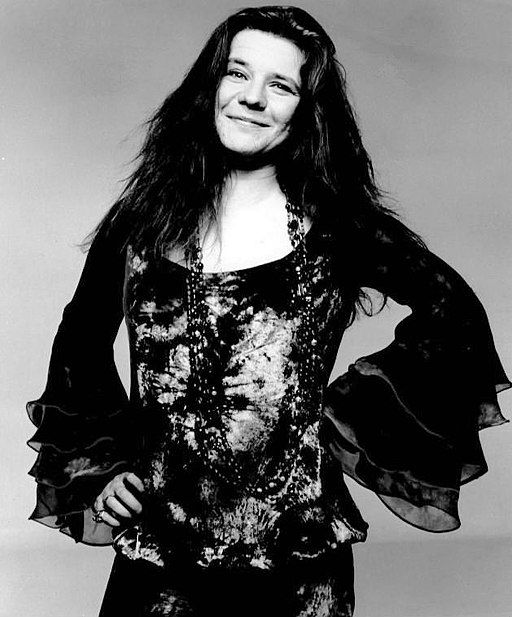
I went down to the sacred store
Where I’d heard the music years before
But the man there said the music wouldn’t play
Los discos de Buddy Holly eran producidos en formato 78 RPM (revoluciones por minuto). A finales de los años 60 el formato 78 RPM ya no existía, fue reemplazado por el de 45 RPM. Los discos de Buddy Holly, entonces, wouldn’t play.
And in the streets the children screamed
The lovers cried and the poets dreamed
But not a word was spoken
The church bells all were broken
And the three men I admire the most
The father, son, and the holy ghost
They caught the last train for the coast
The day the music died
Los Flower Children atacados por la policía durante las protestas en Berkeley en 1969. El padre, el hijo, y el espíritu santo, ustedes escojan: Buddy Holly, Ritchie Valens, Big Bopper, o Janis, Hendrix, Morrison, o JFK, Marthin Luther King, Malcolm X, o quien quieras.
And they were singing
Bye-bye Miss American Pie...
